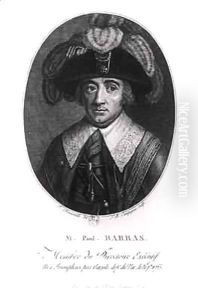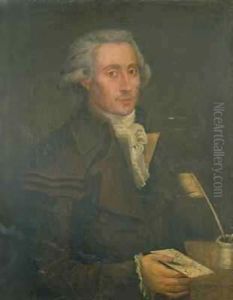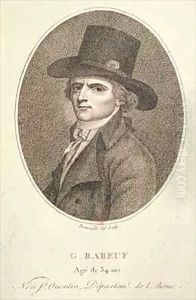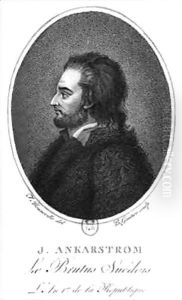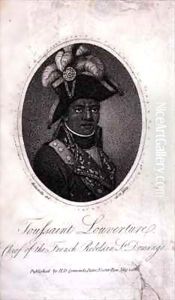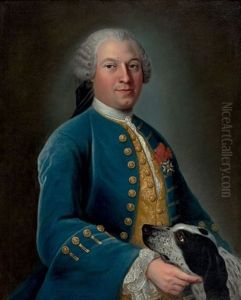Francois Bonneville Paintings
Francois Bonneville, a French artist, remains a somewhat elusive figure in the comprehensive history of art, primarily recognized for his work as an engraver and printmaker during the late 18th century. Details about his early life, including his birth year and training, are scant, reflecting the broader challenge of documenting the lives of artists from this period who did not achieve widespread fame or leave behind extensive personal archives. Despite these gaps in his biography, Bonneville's contributions to the art world, particularly in France, during a period of significant social, political, and cultural transformation are noteworthy.
Bonneville's work is often associated with the tumultuous era of the French Revolution and the Napoleonic Wars, a time when the production of prints and engravings was both a popular form of political commentary and a means of disseminating the likenesses of key figures and events. He is known for his portraits and character studies, capturing both the prominent personalities of his time and the vibrant street life of Paris. His engravings offer a glimpse into the period's aesthetic and social dynamics, characterized by a keen attention to detail and a commitment to realism.
One of the distinguishing features of Bonneville's work is his ability to convey the complexities of his subjects through the medium of engraving, a skill that required not only artistic talent but also technical precision. His portraits are celebrated for their depth and vitality, suggesting a profound understanding of human character and emotion. Moreover, Bonneville's work is valuable for historians and art historians alike, as it provides a visual documentation of an era that was marked by rapid change and upheaval.
Despite the significance of his contributions, Francois Bonneville's death date and the latter part of his life remain as obscure as his origins. The lack of comprehensive records has led to difficulties in tracing his complete oeuvre and understanding the full impact of his work. Nonetheless, the surviving pieces attributed to him continue to be studied and appreciated for their artistic and historical importance, allowing Bonneville a lasting legacy in the annals of French art history.
